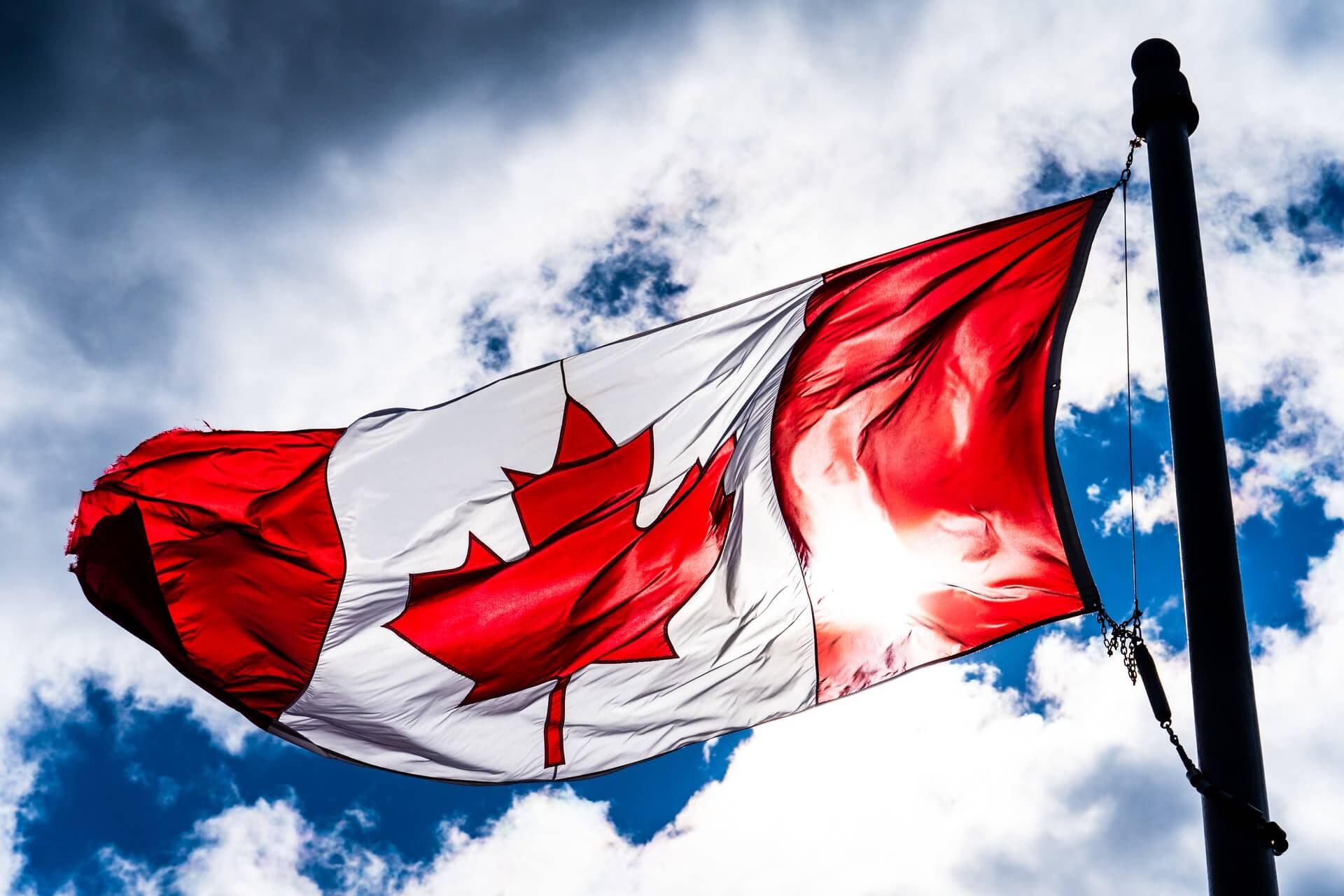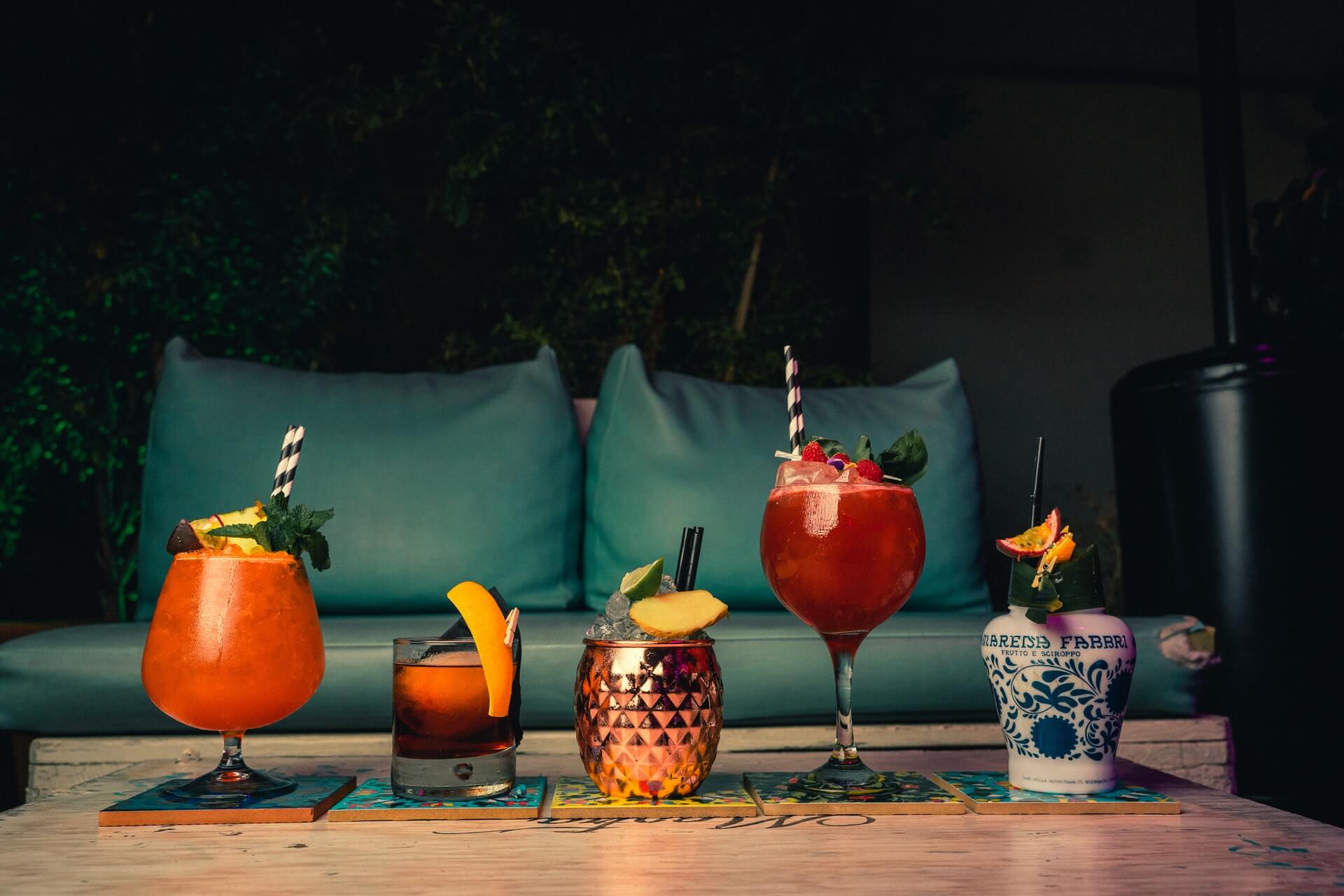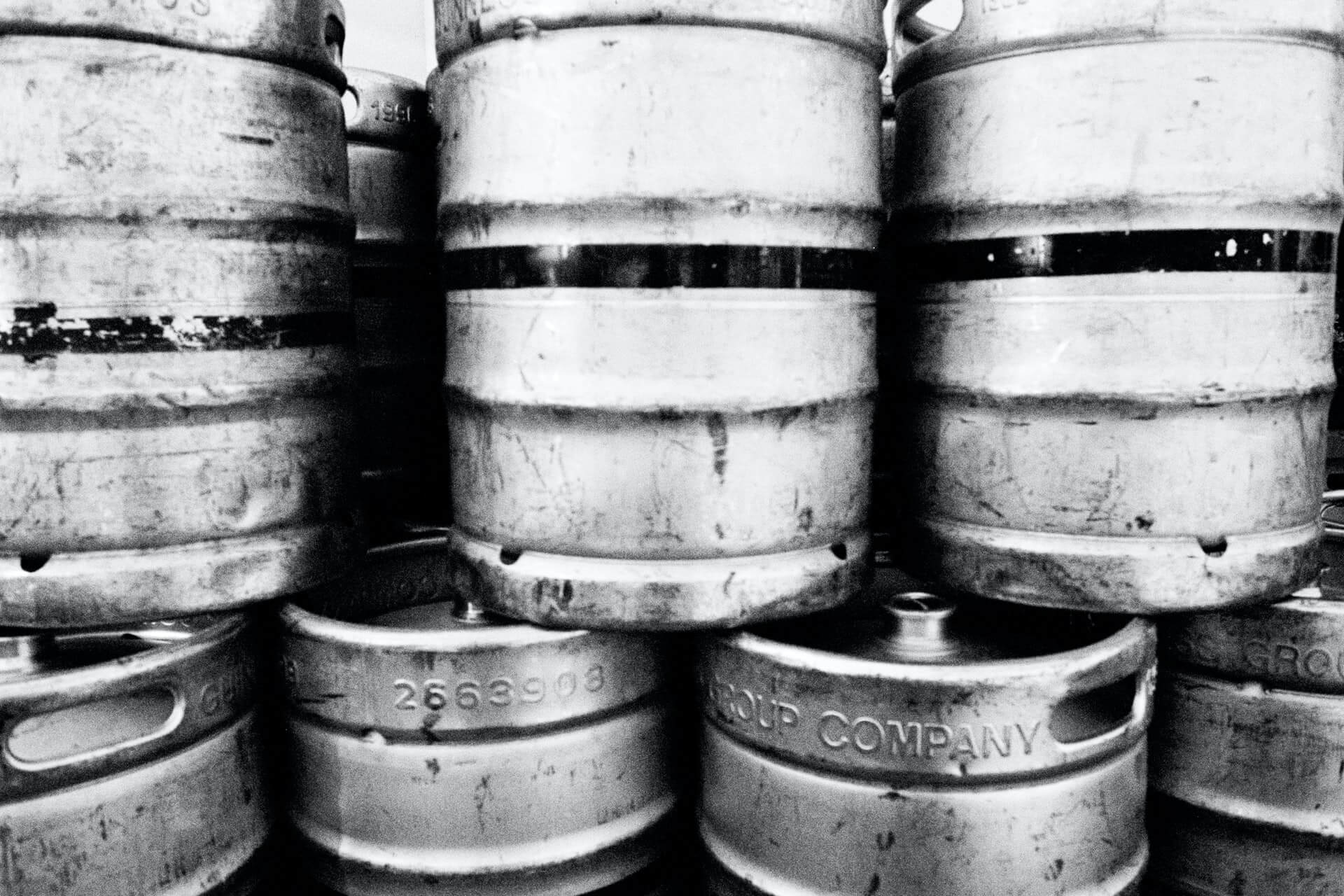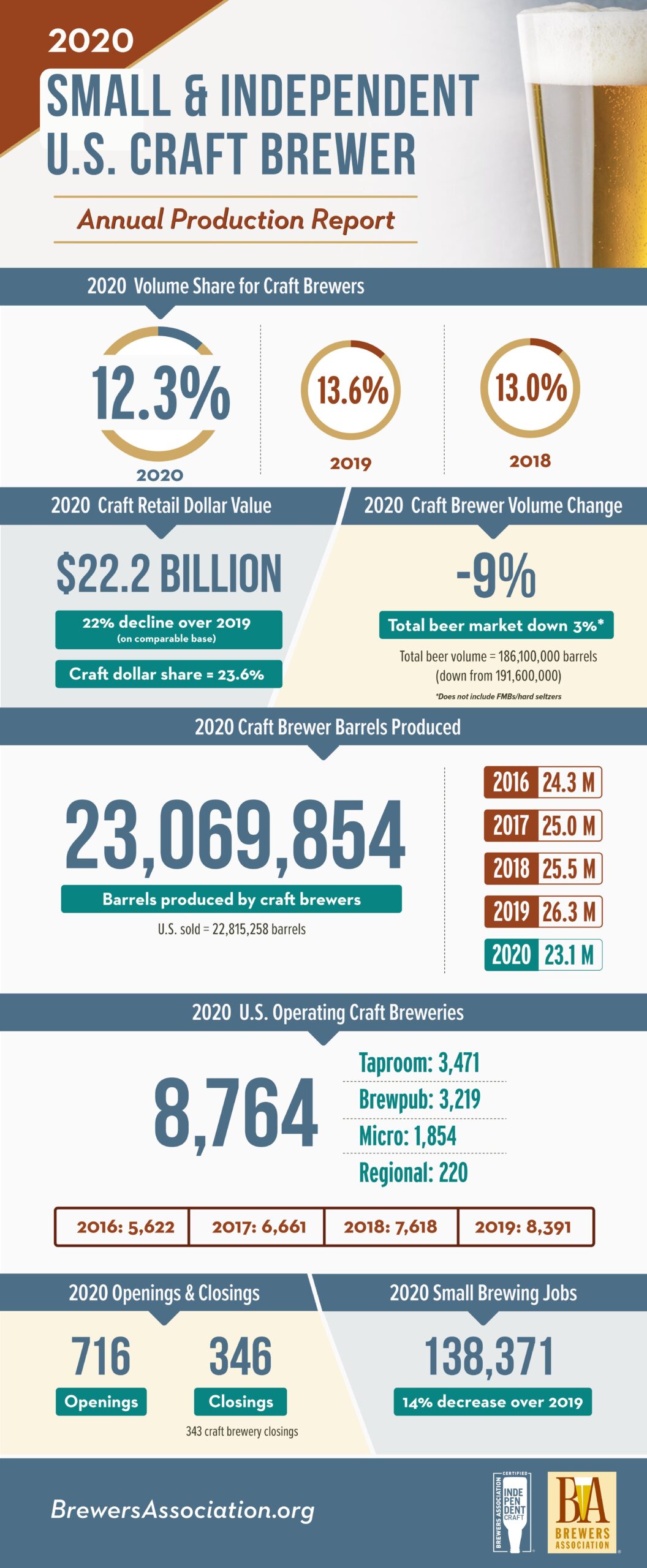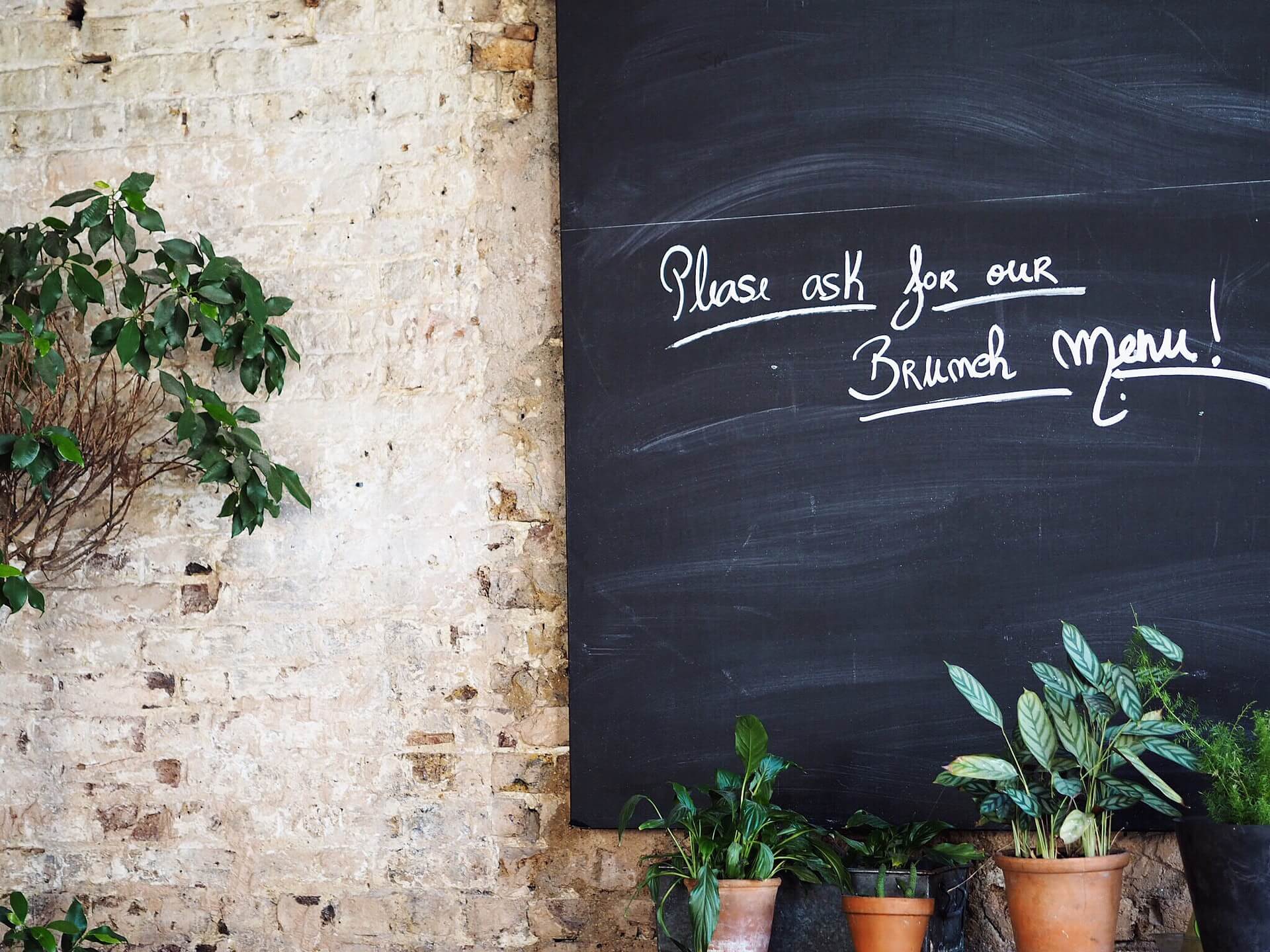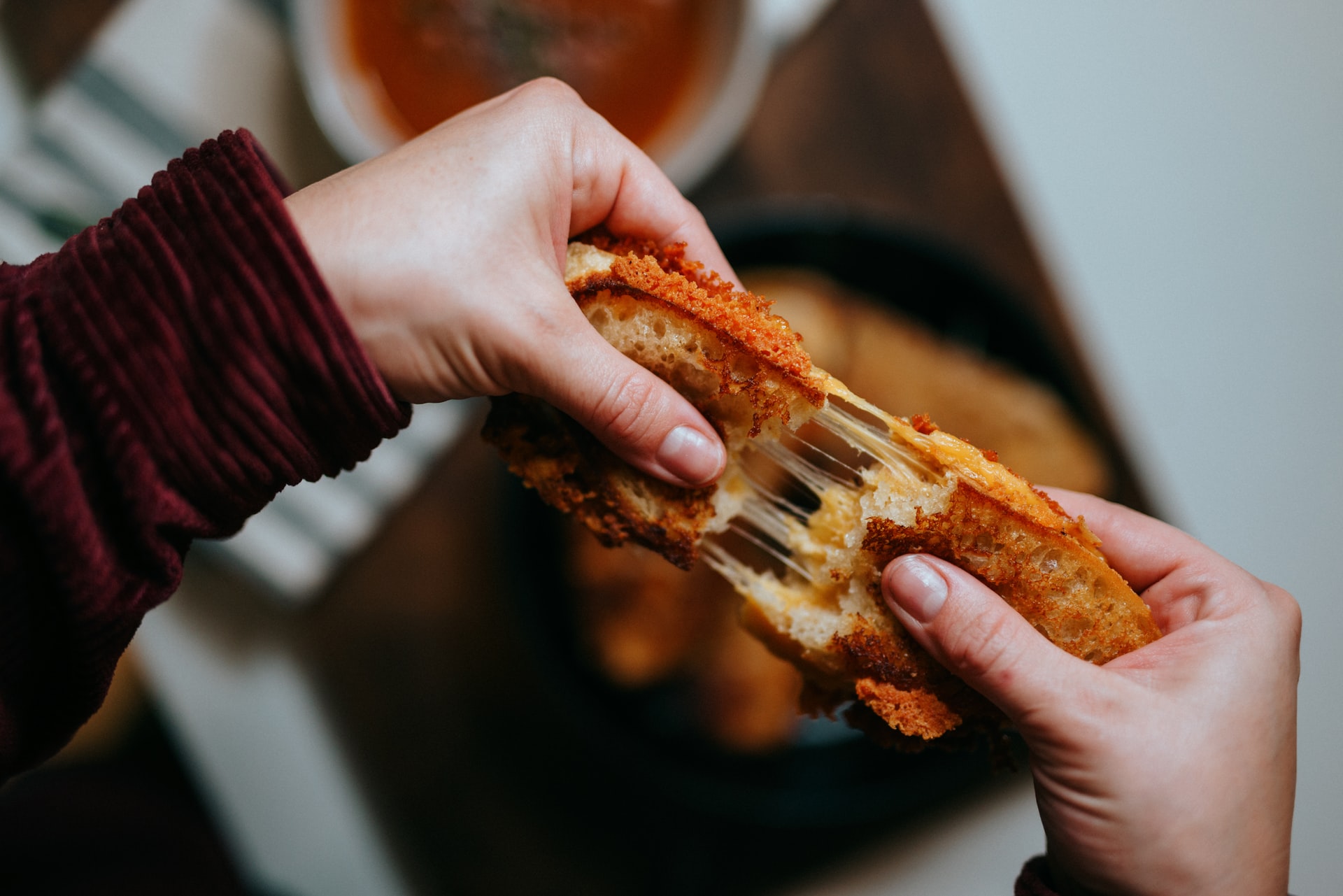SBA Releases RRF Guide and Forms
by David Klemt
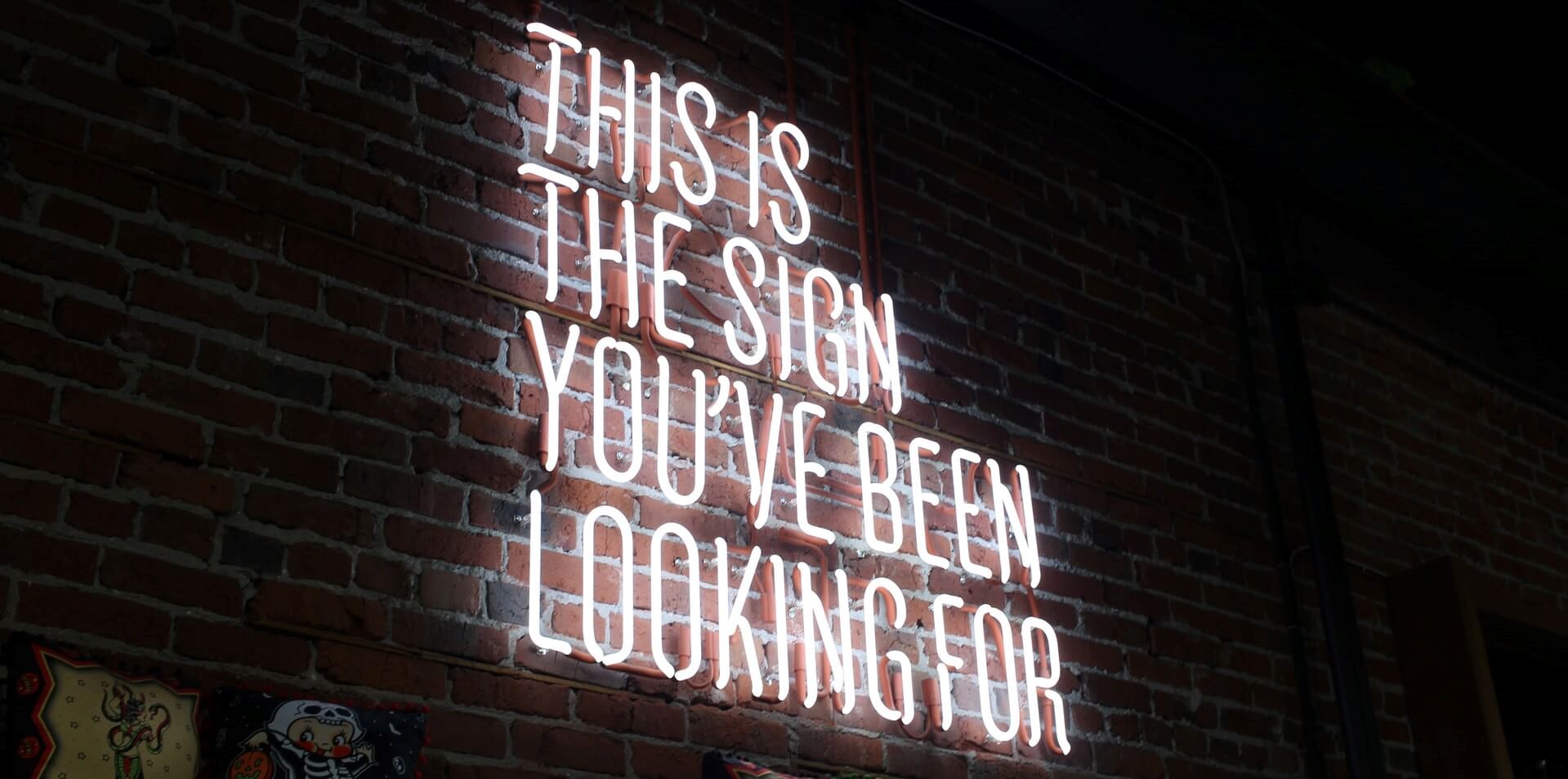
Operators in the United States are nearing the opening of the Restaurant Revitalization Fund application process.
The Small Business Administration’s RRF program guide and sample application are now available.
Let’s jump in!
RRF at a Glance
In simple terms, the RRF is the most targeted relief the industry in America has received since the pandemic took hold.
Eligible entities apply for a tax-free grant equal to the amount of a their pandemic-related revenue losses.
To calculate a grant amount, an applicant subtracts 2020 gross receipts from 2019 gross receipts. Applicants must deduct first-draw PPP and second-draw PPP loans, even if they’re paid back or forgiven. Any economic disaster loans—Economic Injury Disaster Loans, for example—are not RRF deductions.
Per the SBA, operators do not need to register for a System for Award Management (SAM.gov) account, meaning they no longer need to acquire a DUNS number.
RRF Eligibility
As the SBA’s RRF program guide states, eligible businesses A) must not be closed permanently, and B) are places where customers gather primarily to consume food or drink. Such entities include:
- restaurants;
- bars;
- saloons;
- lounges;
- taverns;
- food trucks, carts and stands;
- snack and non-alcoholic beverage bars;
- licensed facilities or premises of a beverage alcohol producer where the public may taste, sample, or purchase product; and
- other similar places of business in which the public or patrons assemble for the primary purpose of being served food or drink.
However, that’s in no way the entire list of eligible businesses. Bakeries, breweries, microbreweries, brewpubs, taprooms, distilleries, wineries, and tasting rooms are eligible if they can provide documentation (which must accompany their application) that:
- on-site sales to the public comprised at least 33% of gross receipts in 2019; or
- original business model should have contemplated at least 33% of gross receipts in on-site sales to the public if they’ve yet to open or opened in 2020.
Interestingly, it’s possible for an inn to be eligible for the RRF. Such a business is subject to the same eligibility requirements as bakeries, breweries, etc.
Eligible Expenses
Businesses that receive an RRF grant may use the funds for eligible expenses during their covered period. That timeframe is the “period beginning on February 15, 2020 and ending on March 11, 2023.” Should the business close permanently, that period will end when the business permanently closes or on March 11, 2023, whichever occurs sooner.”
A grant recipient must return any funds to the Treasury if they’re unable to use for eligible expenses by the end of the covered period.
So, which expenses are eligible per the SBA for the RRF program? Below is a short list of eligible expenses:
- Payroll costs (sick leave, costs for group health care, life, disability, vision, or dental benefits during periods of paid sick, medical, or family leave, and group health care, life, disability, vision, or dental insurance premiums).
- Payments on any business mortgage obligation, both principal and interest (Note: Excludes any prepayment of principal on a mortgage obligation).
- Business rent payments, including rent under a lease agreement (Note: Excludes any prepayment of rent).
- Construction of outdoor seating.
- Business supplies (including protective equipment and cleaning materials).
For the full list of eligible expenses and many more RRF details, please click here to download and view the entire SBA RRF program guide. To view the sample application and prepare for the process to begin, click here.
Disclaimer
This content is for informational purposes only, and should not be used as legal, tax, investment, financial, or other advice. This article does not constitute professional and/or financial advice, nor does any information constitute a comprehensive or complete statement of the matters discussed or the law. This information is of a general nature and does not address the circumstances of a specific individual or entity. The reader of this information alone assumes the sole responsibility of evaluating the merits and risks associated with the use of any information before making any decisions based on such information.
Image: Austin Chan on Unsplash


